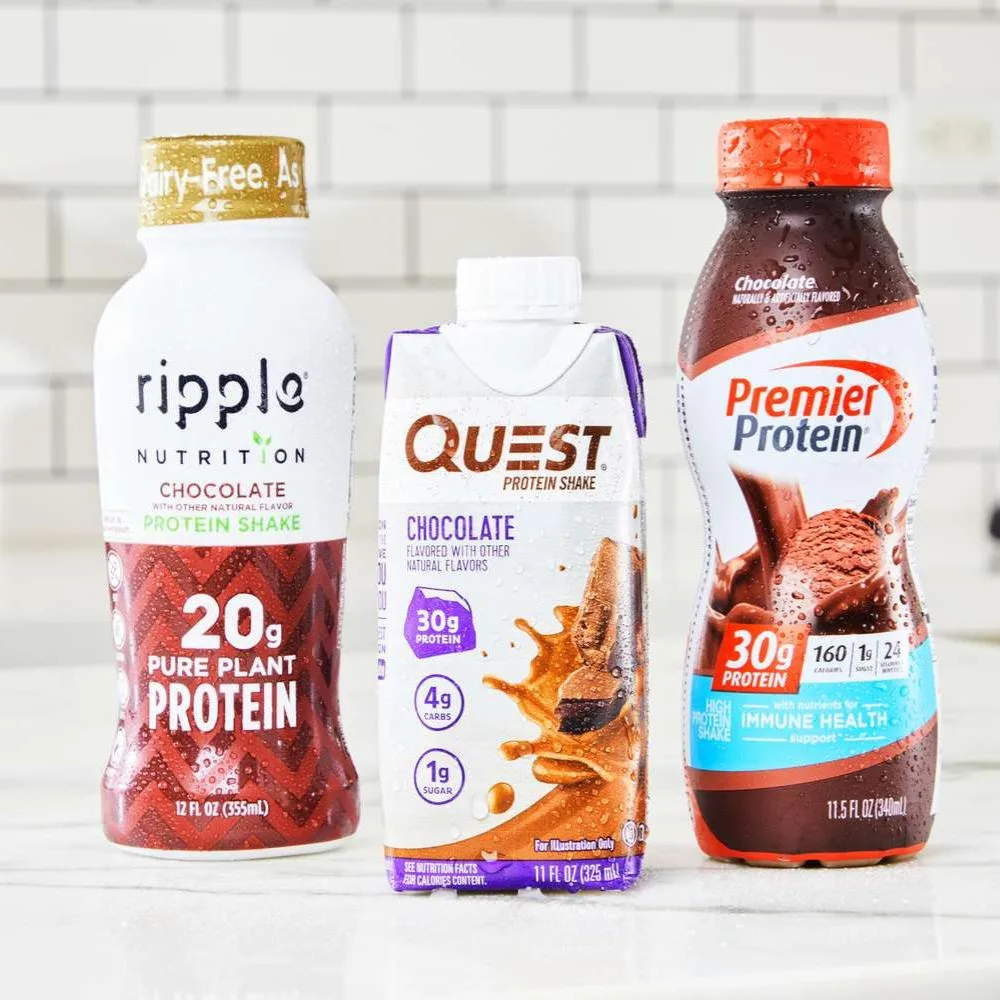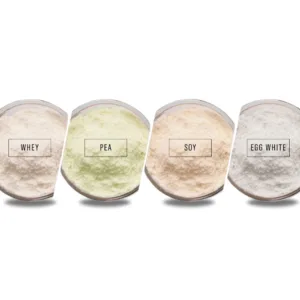Stepping into the world of protein shakes can feel overwhelming. With countless brands, flavors, and protein types, how do you even begin to choose the right one for you? This beginner’s guide will walk you through the essential factors to consider, helping you navigate the protein powder aisle with confidence and select a shake that aligns perfectly with your individual needs and goals.

Table of Contents
- Step 1: Why are you considering adding a protein shake to your routine?
- Step 2: Identify Your Dietary Needs and Restrictions
- Step 3: Understanding the Different Types of Protein
- Step 4: Deciphering the Ingredient List: What to Look For and Avoid
- Step 5: Budget Considerations: Finding Value for Your Money
- Step 6: Taste and Mixability: Finding a Shake You Enjoy
- Step 7: Third-Party Testing and Certifications: Ensuring Quality and Safety
- Other Certifications:
- Conclusion: Making the Right Choice for You
Step 1: Why are you considering adding a protein shake to your routine?
Before you even look at a protein shake label, take a moment to clarify your goals. Knowing your “why” will make the selection process much smoother.
Weight Loss: Choosing a Shake to Support Your Journey
If your goal is weight loss, you’ll want a protein shake that:
Muscle Gain: Selecting a Shake to Fuel Growth
For those focused on building muscle, the ideal protein shake will:
General Health and Wellness: Choosing a Shake for Daily Support
If your goal is to simply boost your overall protein intake and support general health, look for a shake that:
Step 2: Identify Your Dietary Needs and Restrictions
Once you’ve defined your goals, it’s time to consider any dietary needs or restrictions you may have. This will help you narrow down your choices and select a protein shake that’s safe and suitable for you.
Lactose Intolerance: Finding a Dairy-Free Option
If you’re lactose intolerant, you’ll need to avoid protein shakes made with whey or casein, which are derived from milk. Fortunately, there are plenty of dairy-free alternatives:
Veganism or Vegetarianism: Opting for Plant-Based Protein
If you follow a vegan or vegetarian diet, you’ll want to choose a protein shake made from plant-based sources:
Other Dietary Considerations
Step 3: Understanding the Different Types of Protein
Protein shakes are made from a variety of protein sources, each with its own unique properties. Here’s a brief overview of the most common types:

1. Whey Protein: The Fast-Absorbing Champion
-
-
- Rapidly digested and absorbed: Making it ideal for post-workout recovery.
- Complete protein: Contains all nine essential amino acids.
- Rich in BCAAs: Essential for muscle protein synthesis.
-
-
-
- Whey Concentrate: Contains 30-80% protein, along with some lactose and fat. More affordable.
- Whey Isolate: 90% or more protein, with very little lactose and fat. Ideal for those with lactose sensitivity.
- Whey Hydrolysate: Partially pre-digested for even faster absorption. Can be more expensive and may have a slightly bitter taste.
-
2. Casein Protein: The Slow-Release Sustainer
-
-
- Slowly digested: Providing a sustained release of amino acids over several hours.
- Complete protein.
- Ideal for before bed: To support muscle recovery during sleep or between meals to promote satiety.
-
3. Soy Protein: The Plant-Based Powerhouse
-
-
- Complete protein: One of the few plant-based proteins containing all essential amino acids.
- Suitable for vegans and vegetarians.
- May offer additional health benefits: Due to its isoflavone content.
-
4. Egg White Protein: The Lactose-Free Animal Option
-
-
- Complete protein.
- Lactose-free.
- Medium digestion rate.
-
5. Plant-Based Protein Blends: The Best of Multiple Worlds
-
-
- Often formulated to provide a complete amino acid profile.
- Can offer a wider range of nutrients.
- Suitable for vegans, vegetarians, and those with various dietary restrictions.
-
Step 4: Deciphering the Ingredient List: What to Look For and Avoid
Now that you’re familiar with different protein types, it’s time to become an ingredient list detective. Knowing what to look for and what to avoid will help you choose a high-quality protein shake that aligns with your health goals.
Ingredients to Look For:
Ingredients to Avoid or Limit:
Step 5: Budget Considerations: Finding Value for Your Money
Protein shakes can range in price from budget-friendly to premium. Here’s how to find the best value for your money:
Step 6: Taste and Mixability: Finding a Shake You Enjoy
Let’s face it, even the most nutritionally sound protein shake won’t do you any good if you can’t stand the taste or texture.

Flavor:
Mixability:
Step 7: Third-Party Testing and Certifications: Ensuring Quality and Safety
To ensure you’re getting a high-quality and safe product, look for protein shakes that have undergone third-party testing.
What is Third-Party Testing?
This means that an independent organization has tested the product to verify its contents, purity, and safety.
Common Third-Party Testing Organizations:
Other Certifications:
Conclusion: Making the Right Choice for You
Choosing the right protein shake is a personal journey that involves considering your individual goals, dietary needs, preferences, and budget. By following this beginner’s guide, you can confidently navigate the vast array of options and select a protein shake that supports your health and fitness journey.
Remember: Protein shakes are supplements, not replacements for whole foods. They should be used in conjunction with a balanced diet rich in fruits, vegetables, whole grains, and lean protein sources.
Don’t be afraid to experiment with different brands, flavors, and types of protein until you find the perfect fit for you. And if you have any concerns or specific health conditions, consult with your doctor or a registered dietitian for personalized advice.
They can help you determine the appropriate amount of protein for your individual needs and guide you towards safe and effective supplementation strategies. Now go forth, armed with knowledge, and find the protein shake that empowers you to reach your goals!


Leave a Reply